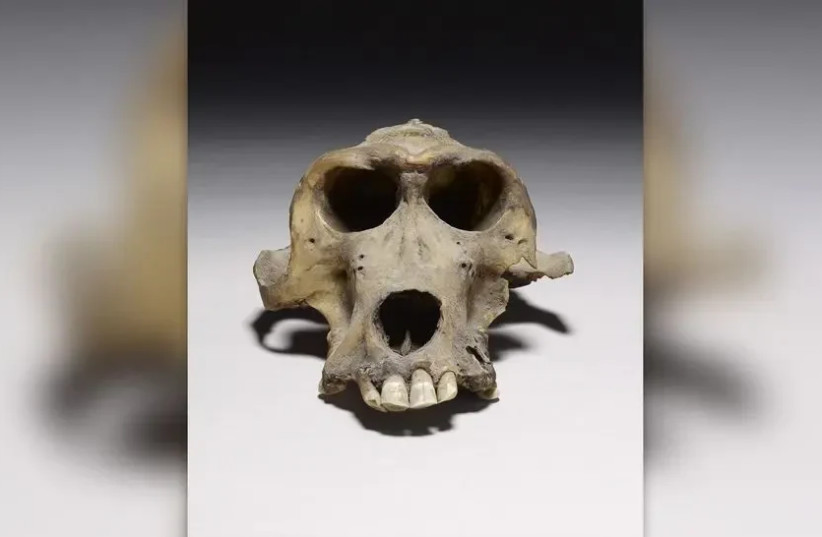DNA obtained from the mummified remains of an ancient Egyptian baboon has shed light on the location of a hidden city that eludes modern maps.
A recent study delving into the DNA unveiled insights into how the ancient Egyptians traded with a city situated along the coast of present-day Eritrea. Eritrea, an east African country, is believed to be the home of a long-lost city known as the Land of Punt, or Pwanat.
According to the study, this enigmatic city may provide an explanation for how baboons arrived in Egypt, as it is unlikely they originated there but rather in Punt. Lead researcher Gisela Cope, a geneticist said that "there were tales that the baboons hailed from Punt, this legendary and mysterious city."
It is now believed that the DNA extracted from the baboon mummies constitutes the first substantial evidence of the existence of Punt. Punt, also known as Ta Netjer, meaning the land of the gods, was an ancient region that engaged in trade with ancient Egypt.
In ancient times, this area was revered as a fabled land in east Africa due to its abundant natural resources, including gold, fragrant resins, ivory, and exotic wildlife. The baboon mummies date back to the period between 1550 BC and 1070 BC, a time when baboons were highly regarded in Egypt and often sacrificed to the gods.

"This finding, assuming the geographical stability of phylogenetic clades, strengthens Greco-Roman historical accounts by indicating present-day Eritrea, and more specifically Adulis, as the source of baboons that arrived in Egypt during the late period," wrote the researchers.
Ancient Egyptian texts link the location of Punt to the shores of the Red Sea, yet scholars are divided regarding its exact location. Many researchers believe it to be situated in the Horn of Africa (also referred to as Northeast Africa or the Somali Peninsula, encompassing Djibouti, Somalia (including the autonomous state of Puntland), Eritrea, Ethiopia, and Somaliland).
Conversely, some propose it was located in the Arabian Peninsula (present-day Saudi Arabia, Yemen, Oman, the United Arab Emirates, Qatar, Bahrain, and Kuwait). One study even argued that Punt could be modern-day Sri Lanka. Additional theories suggest Punt was located in the Land of Israel, as advocated by researcher Emanuel Velikovsky, who challenged the accepted chronology of Egypt and proposed an alternative timeline placing Queen Hatshepsut and King Solomon contemporaneously.
The walls of Hatshepsut's temple depict the rich and exotic treasures, such as "ivories, monkeys, and parrots," she encountered during her royal visit to Jerusalem. The distinctive architecture of the temple in Deir al-Bahri is influenced by the design of Solomon's temple.
Of the 10 baboons examined in the study, only one mummy provided suitable DNA for analysis. Adulis, mentioned in ancient texts, was a trading hub visited by the Egyptians. The researchers speculate that Punt may have occupied a region similar to the eventual location of Adulis.
"This finding also establishes a geographical continuity for baboons from the legendary Land of Punt, lending weight to the hypothesis that Punt and Adulis were essentially the same trading centers separated by a millennium of history," added the researchers.
Punt assumed a mythical status in ancient Egyptian mythology, representing a magical and abundant place, even considered the homeland of the gods.
Punt also held a close connection to Egyptian origins, believed to be the ancient homeland from which the gods emerged and united. It remains unclear why Punt transitioned from a tangible location to a realm of mythology.
However, following the reign of Ramesses III (1164-1196 BC), memories of Punt gradually faded in the minds of the Egyptians until the city transformed into legend and folklore.
